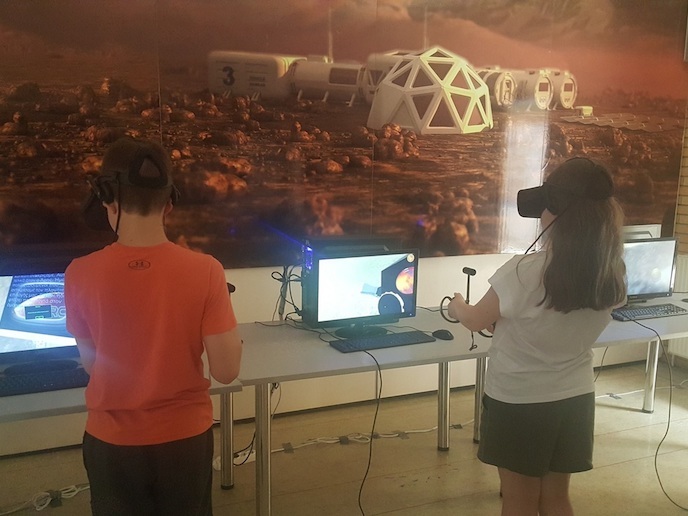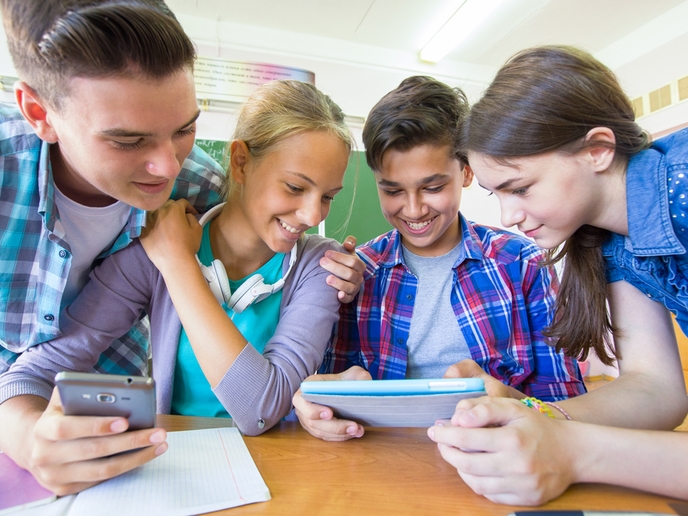Bringing books to life by combining a child’s imagination with innovative technology
By integrating the latest advances in augmented and virtual reality and 3D printing technologies the STORIES project(opens in new window) is giving children the chance to develop their own ‘multipath’ books to express their imagination and creativity. As Franz Bogner, project coordinator and Head of the Department of Biology Education(opens in new window) at the University of Bayreuth, explains: “A multipath book is one which offers the reader various ways to explore the narrative within it. The authoring tool we developed allows students to interconnect their stories to create extended episodes encompassing a network of hotspots and hyperlinks.” The project case study involved students creating their storyboards and flip book type animations depicting life in the first Martian community. With the help of visiting scientists and engineers they first learned about the challenges presented by such a hostile environment. In small groups the students created their designs using commonly found materials, such as cardboard and paper cups. They then took their creations to the next level by recreating them as a virtual 3D model. The students took their stories further by using the VR & AR Authoring Tool of the STORIES(opens in new window) project’s platform. To log in to the platform all a teacher has to do is register themselves and the school s/he is working for. Through an easy-to-use, powerful interface(opens in new window) which has sophisticated authoring features, students were able to convert their models into digital form, and integrate texts, animation videos and music. These can then be collated to form virtual books which can be accessed by any existing device and operating system. “Through the use of VR headsets and augmented reality, the e-books created by students come to life! Students can see their own rockets being launched right through the e-book page and they can also walk around the sustainable Martian colony they have built in the previous steps,” explains Gregory Milopoulos, project manager of STORIES, and Senior Educational Researcher at the R&D Department of Ellinogermaniki Agogi(opens in new window). The team behind the STORIES project believes allowing students to create VR experiences as part of project-based learning and thinking of new applications for technology will allow for a real change in education. “Bringing personal experience into the classroom, and engaging students in new activities that are not normally possible, holds the potential to truly transform knowledge retention. This has been verified by the results of the STORIES evaluation analysis. Some students naturally learn better by seeing, others by listening, others still by performing hands-on activities and STORIES can provide teachers with resources that suit all three,” says Sofoklis Sotiriou, Director of the R&D Department of Ellinogermaniki Agogi. The STORIES Digital Library(opens in new window) consists of all the stories that were created by the participating students and of all the digital assets they used or created. Since this was a public deliverable, these are all open to all, so students can be inspired to create their own stories. Of course, commercial use of these stories or assets is not allowed. The library consists of three main sections: the created stories; the public 2D and 3D assets; and the toolkits and guides for teachers. Items in the last two sections are available for download. Items in the first section are only available through the web and cannot be downloaded (at this stage) but they can be freely viewed on any PC, tablet or mobile. A right click of the mouse on the selected book will open up access to the 3D content.







